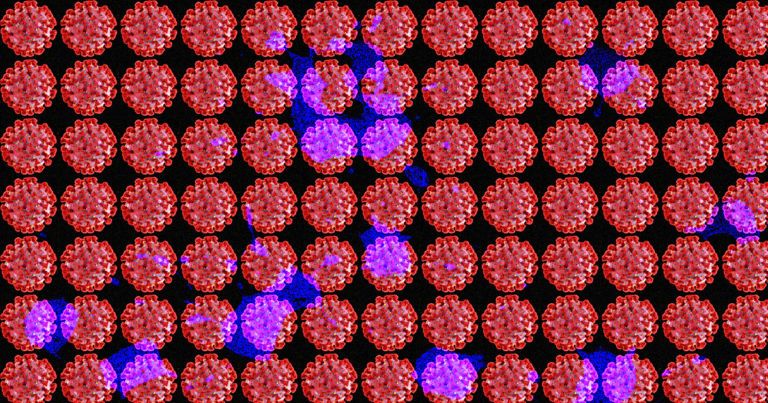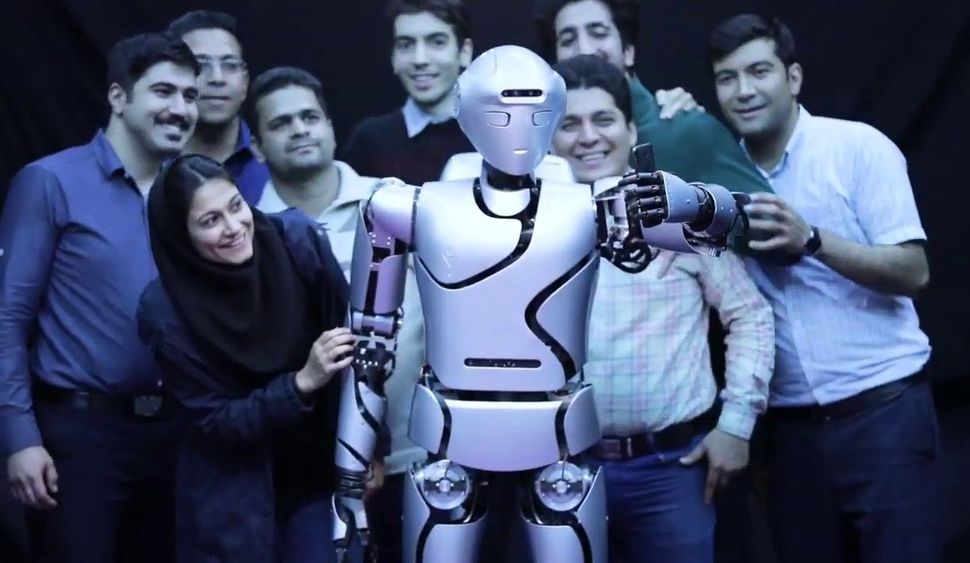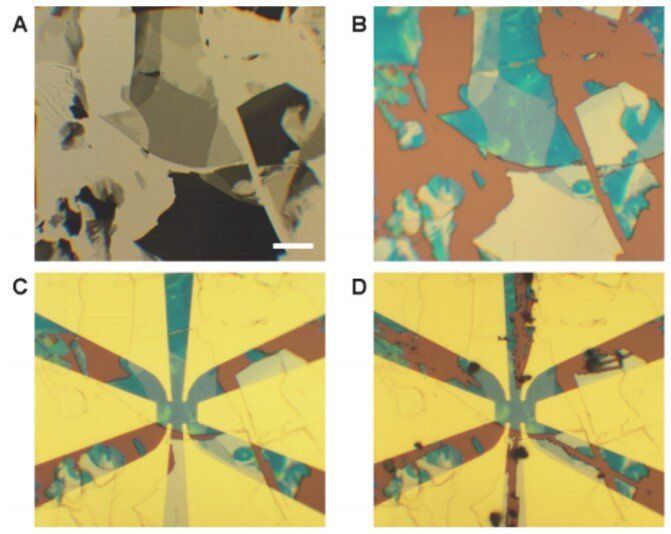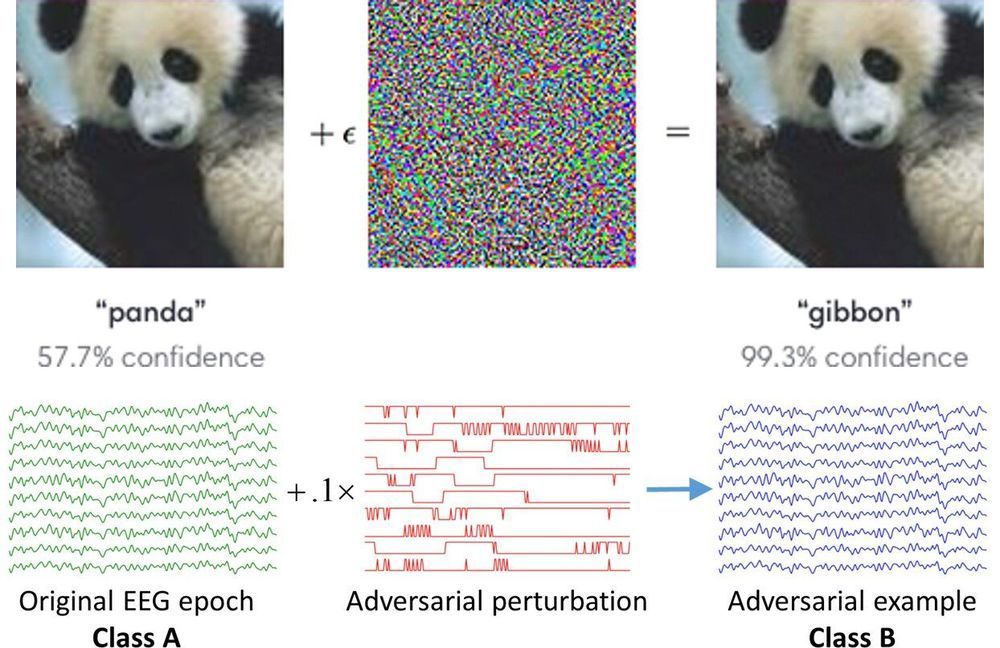Feb 14, 2020
‘Rosetta stone’ for urban scaling makes sense of how cities change across time and space
Posted by Xavier Rosseel in categories: economics, education
Cities change as they grow — not only by adding area or population but also in a variety of other ways, from the length and width of their roads to economic growth to the distribution of elementary schools. Social scientists often clash over the best way to measure change as a city swells. Traditionally, they’ve taken a cross-sectional approach, which means collecting data on a large number of cities of diverse sizes at the same moment in time. More recently, some researcher…
New work reconciles divergent methods used to analyze the scaling behavior of cities.


















